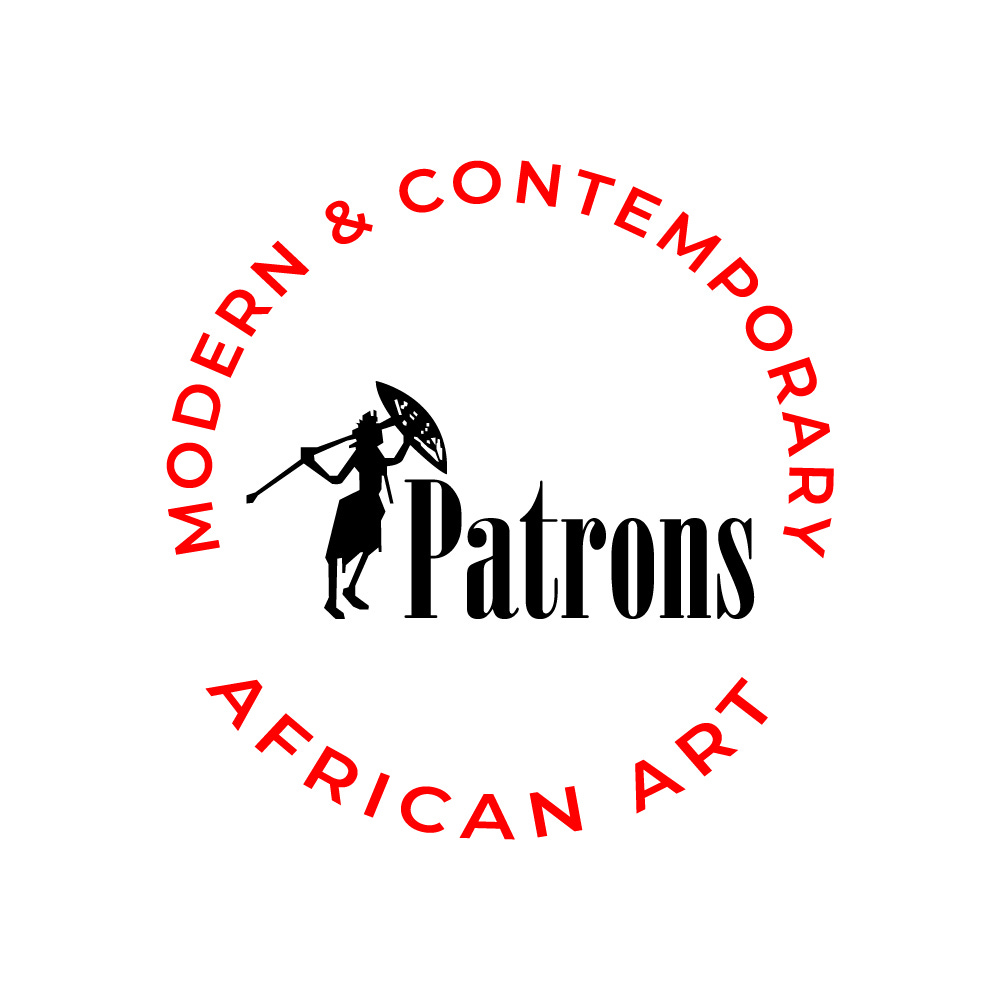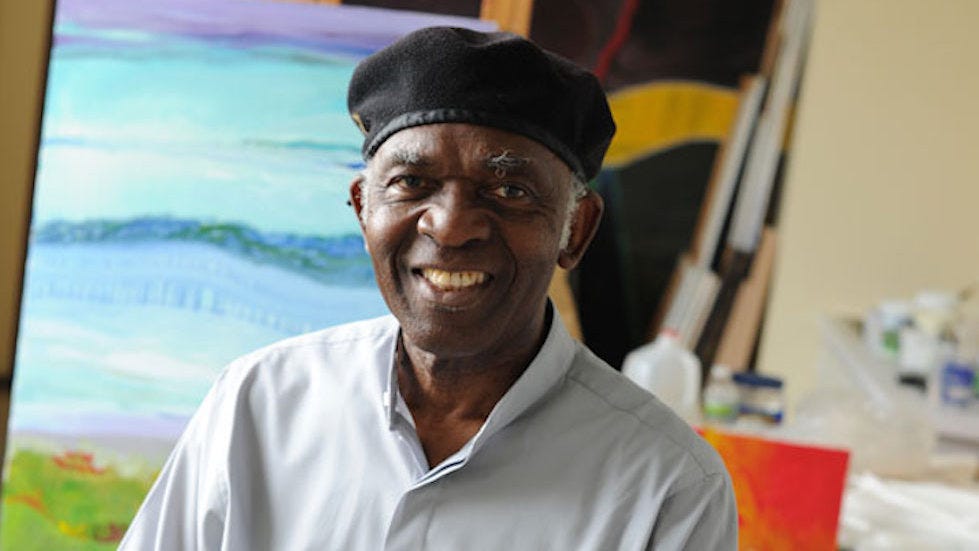
Many years ago, a quiet revolution began in a quiet town in southeastern Nigeria. It wasn’t loud or flashy. It was artistic, thoughtful, and deeply rooted in culture. Welcome to Nsukka, home to one of Africa’s most important art movements.
In the 1960s, artists and thinkers at the University of Nigeria, Nsukka, grappled with a pivotal question: What defines modern African art? Their answer birthed the Nsukka Art School—a movement where tradition collided with radical innovation.
At the heart of this movement was Uche Okeke, a pioneer who believed that African art didn’t need to imitate the West. Instead, it needed to dig deeper into its own soul. He revived Uli art—a traditional Igbo art form made by women—and brought its elegant lines and symbolism into modern painting.
From thereon, a new wave of artists began to bloom, each bringing their own voice. The Nsukka School was no longer just a classroom—it became a movement that would shape African art for decades to come.
This digest explores the impact of the Nsukka art school on contemporary African art and some notable members of the Nsukka art school.
The Impact of Nsukka Art School on Contemporary African Art
The Nsukka Art School was instrumental in creating critical conversation about African art and culture through exhibitions, workshops, conferences, and publications. Through these forums, the school provided opportunities for artists, scholars, and fans to engage in meaningful conversation about the importance of African traditions and their relevance in modern circumstances.
Notable exhibitions curated by faculty members and alumni have demonstrated the breadth and depth of African artistic expression, showcasing works by founding members and early alumni of the Nsukka Art School, while workshops and conferences have served as incubators for new ideas and collaborations. Furthermore, the school's publications have contributed to the scientific discussion of African art, providing insights into its historical foundations, cultural importance, and changing trends.
Faculty members and graduates have played important roles in determining the direction of modern African art by pushing limits, challenging preconceptions, and amplifying various perspectives within the global art community.
Notable Members of the Nsukka Art School
1. Uche Okeke: The Visionary Behind It All
Uche Okeke, a towering figure in Nigerian art, was not only a talented artist but also an active writer and educator. His dedication to restoring Igbo-Ukwu motifs, as well as his leadership role in the "Natural Synthesis" art movement, has left an indelible mark on Nigerian contemporary art. Okeke's blend of ancient Nigerian art styles and modern technology has inspired artists for years.
2. Chike Aniakor: Scholar and Steward of African Aesthetics
Chike Aniakor made exceptional contributions to the theoretical foundation of the Nsukka Art School. As an art historian, critic, and artist, Aniakor's work on Igbo-Ukwu art and African aesthetics influenced the conversation around African art studies. His acute observations and thorough awareness of African artistic traditions have improved the intellectual environment at Nsukka Art School and elsewhere.
3. Obiora Udechukwu: Exploring Identity and Spirituality through Art
Obiora Udechukwu's painting and poetry reveal a deep examination of identity, culture, and spirituality. His beautiful paintings frequently explore the intricacies of the human condition, drawing inspiration from Igbo cultural history and personal reflection. Udechukwu's artistic perspective has helped shape the thematic orientation of the Nsukka Art School, encouraging a greater engagement with African tales.
4. El Anatsui: Transforming Discarded Materials into Masterpieces
El Anatsui's huge metal sculptures have wowed audiences all over the world with their sheer beauty and creativity. Anatsui makes magnificent tapestries that shimmer and flow like fabric, pushing the frontiers of sculpture and textile art. His ability to transform mundane items into magnificent pieces of art demonstrates his tremendous artistic vision and devotion to environmental consciousness.
5. Ada Udechukwu: Blending Art and Poetry to Convey Depth of Emotion
Ada Udechukwu's art and poems come together to form a complex tapestry of passion and insight. Her striking use of colour and form, along with her poetic words, transports viewers to a realm of beauty and sensitivity. Udechukwu's investigation of gender, mythology, and the human condition strikes a deep chord with audiences, providing glimpses into the intricacies of the female experience as well as the universal search for purpose and connection.
The Nsukka Art School isn’t just history—it’s alive and evolving.
Its core message; “respect your roots, but don't be afraid to innovate” continues to inspire artists across Africa and the diaspora.
Whether it is Uli-inspired murals or recycled-metal sculptures, the spirit of Nsukka shows up wherever African artists are pushing boundaries and telling their truth.









Thank you for sharing. This is incredible information to have.